President's Message - September 2007
Happy Start to a New School Year One and All
JACQUELINE HILL
jacqueline.hill@oame.on.ca
With a new school year comes a renewed sense of responsibility to the students we teach. My president's message is truly “From the Classroom and Beyond” and I hope that I can help the grassroots teacher with some of the initiatives that float around the education circles.
On our OAME front, local chapters are offering a variety of Mini-conferences this fall. Just visit the OAME website to check out the conferences nearest you. The OAME Leadership Conference will be held on February 21 to 23, 2008. The themes are: Emerging Technologies in grades 9 – 12, and grades 1-8 Japanese Bansho (Japanese Lesson Study). The Annual Conference is being hosted by the Y4MA chapter and will be held in Richmond Hill on May 8-10, 2008. The Ontario Math Olympics will be held at Trent University, hosted by the PRMA chapter, for the next two years. The 2008 dates are May 30 and May 31. The 2009 dates are May 29, and 30.
At our June Board meeting we started to explore Differentiated Instruction in more detail. A related Powerpoint can be found on the OAME website if you are interested. To visualize what Differentiated Instruction is, picture the teaching in the one room school house 150 years ago. The teacher needed to consider what they would do before, during and to assess the lessons. Here is a quick list of before, during and assessing.
Before (strategies to form groups)
- students show five, three, or zero fingers to indicate their prior knowledge of the topic
- administer a mini pre-test
- four corners activity to indicate what students know
- observe students complete a related task and take anecdotal notes
- allow a variety of options and approaches for students to demonstrate what they know (e.g., manipulatives, drawing)
During (How the different groups work diligently)
- decide whether to group students based on ability (homogeneous vs mixed groupings)
- consider size of groupings pairs/triads/etc.
- consider personality traits, gender, attendance etc to maximize productivity
- allow flexibility in group members if needed
- group according to learning style (MI, etc.)
- allow choice in approach to practice activities ... kinesthetic/technology, etc.
- regroup students and/or scaffolding and/or individual attention according to formative assessment (timely and specific feedback)
- involve students in self-reflection to mark own progress (metacognition)
Assessing (Now what to do with the products)
- clearly identify expected outcomes or “look-fors”
- allow for opportunity for students to demonstrate depth and breadth of mastery by providing range of problems/activities/samples
- allow students to design final product as long as it meets expected outcomes and level of work quality identified by teacher
- with the choice of product comes the choice of potential opportunity for marks
- self
- assessment of personal progress and subject mastery
- peer assessment of teamwork (not of each other's aptitude!)
- portfolios
Until next issue,
Yours in Mathematical fun,
Jacqueline Hill
Previous Message:
Welcome!
Next Message:
Tis the Season One and All

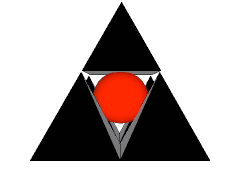







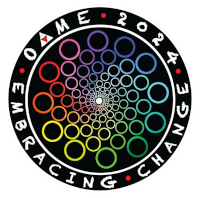
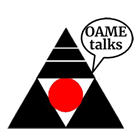
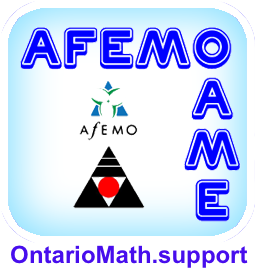
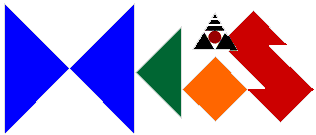





 Like us on FaceBook
Like us on FaceBook